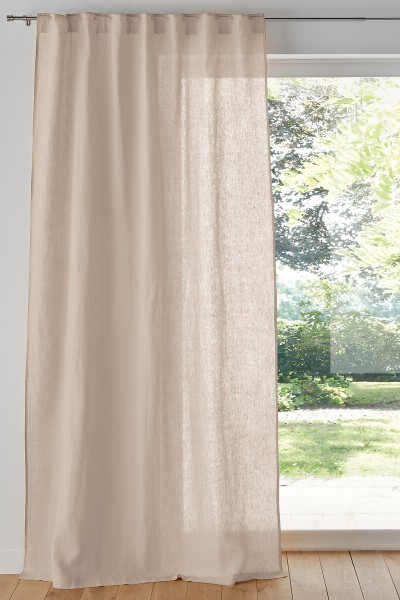How to protect your conservatory furniture from the sun – experts share 3 ways to stop your furniture from fading and warping
Is your conservatory furniture getting sun-bleached? This is how to prevent it from happening
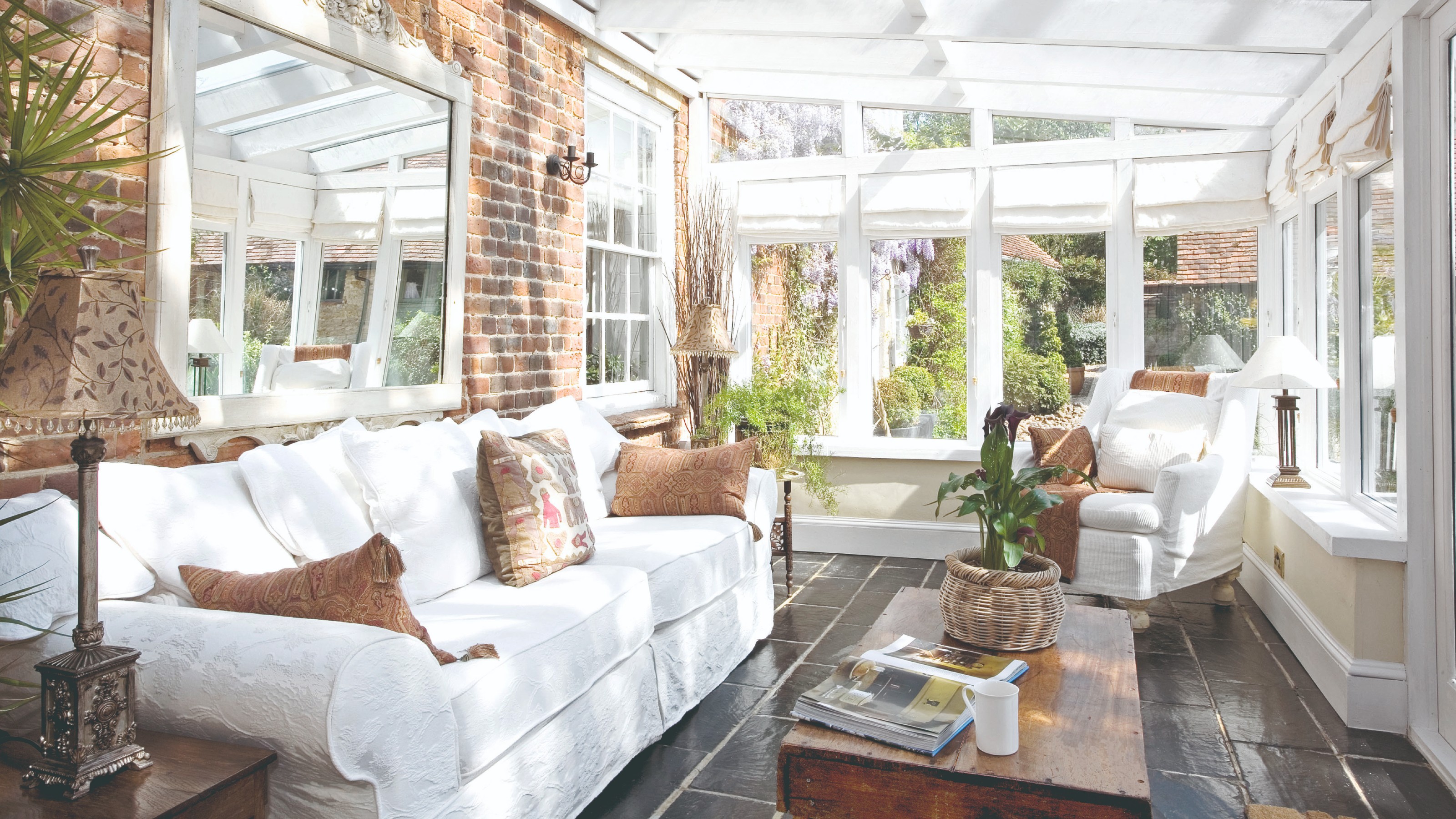

The funny thing about conservatories is that the main reason why we all love them is also their downside – that’s, of course, the abundance of sunlight. Because when the sun comes out to play, not only does the room usually get super hot, over time it also results in sun-damaged furniture – but luckily, there are ways to protect conservatory furniture from the sun.
These top 3 practical conservatory ideas include products you can invest in to prevent an excess of sunlight from coming in, especially on particularly hot and sunny days. Meanwhile, other expert-approved tips are also just methods you can utilise without spending any money at all.
‘Conservatory furniture is particularly vulnerable to sun damage because conservatories are designed to let in as much natural light as possible,’ reiterates Yvonne Keal, product specialist at Hillarys.
‘While this creates a beautiful, airy space, it also means that furniture is constantly exposed to UV rays. Over time, this exposure can cause fabrics to fade, wood to dry out and crack, and even certain plastics to become brittle or discoloured. Essentially, the very feature that makes a conservatory so appealing - the abundance of sunlight - can also be its furniture’s greatest enemy.’
While it’s mainly conservatories that get affected by this issue the most, these tips work for any other rooms and areas of your home with furniture pieces that are regularly exposed to a lot of sunlight.
1. Install blinds or curtains
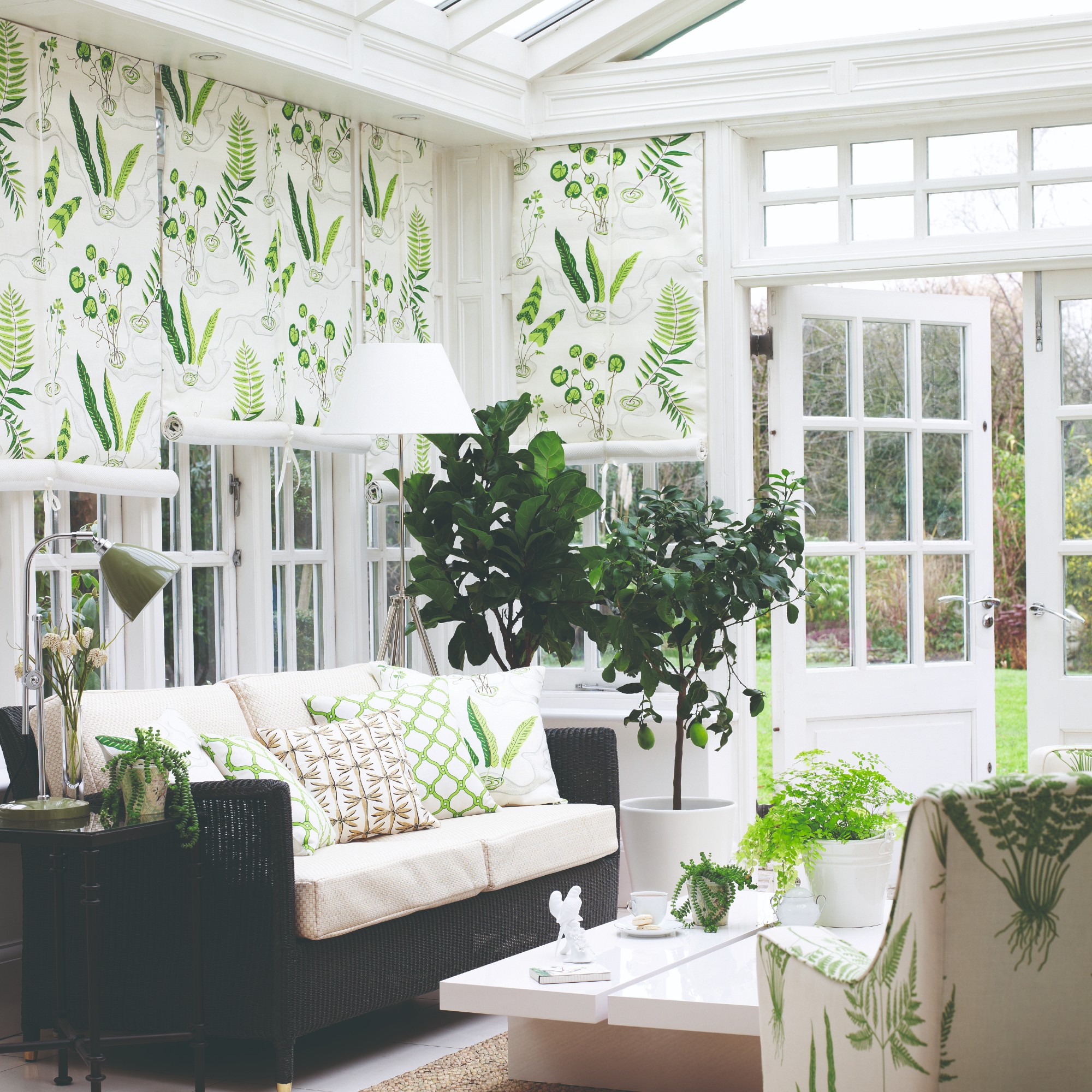
Conservatory blind ideas or certain curtain styles actually kill two birds with one stone as they help to protect conservatory furniture from the UV rays while also keeping a conservatory cool.
‘Installing pleated blinds allows you to control the amount of sunlight that reaches your furniture throughout the day. Clever performance fabrics can help maintain a comfortable temperature, which makes them a perfect choice for conservatories and rooms with glass ceilings,’ Yvonne at Hillarys advises.
Sign up to our newsletter for style inspiration, real homes, project and garden advice and shopping know-how
But if you want to get an even higher protection, there is the option of blackout blinds. ‘For a fuller protection, blackout blinds and more specifically conservatory blinds are the perfect choice,’ says Leah Aspinall, head of design at Blinds 2go. ‘Providing complete shade and keeping the sun’s rays at bay, they’re ideal for protecting your conservatory furniture.’
Finally, Leah adds, ‘If you’d prefer to limit the rays, rather than block them completely, light filtering curtains are a great option – while they won’t block out everything, they can help reduce the amount of sunlight getting in and slow down the degradation process.’
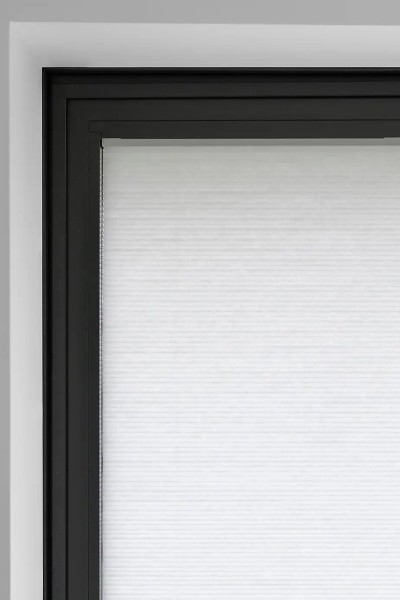
Whether you're a renter and need a solution that's less permanent or are looking for an affordable solution to blocking the sunlight in your conservatory, this Easy Clip pleated blind design doesn't require any drilling or holes and it's specifically designed for UPVC and aluminium windows.
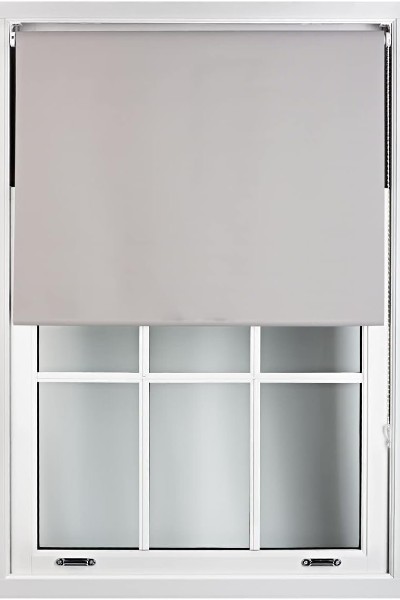
This blackout blind design is the number one bestseller in roller blinds on Amazon - and I'm not surprised. Between the budget-friendly price of £17 and the wide range of colours - 16 in total to choose from - to coordinate with your conservatory decor, this is a great buy in my eyes.
2. Use furniture covers
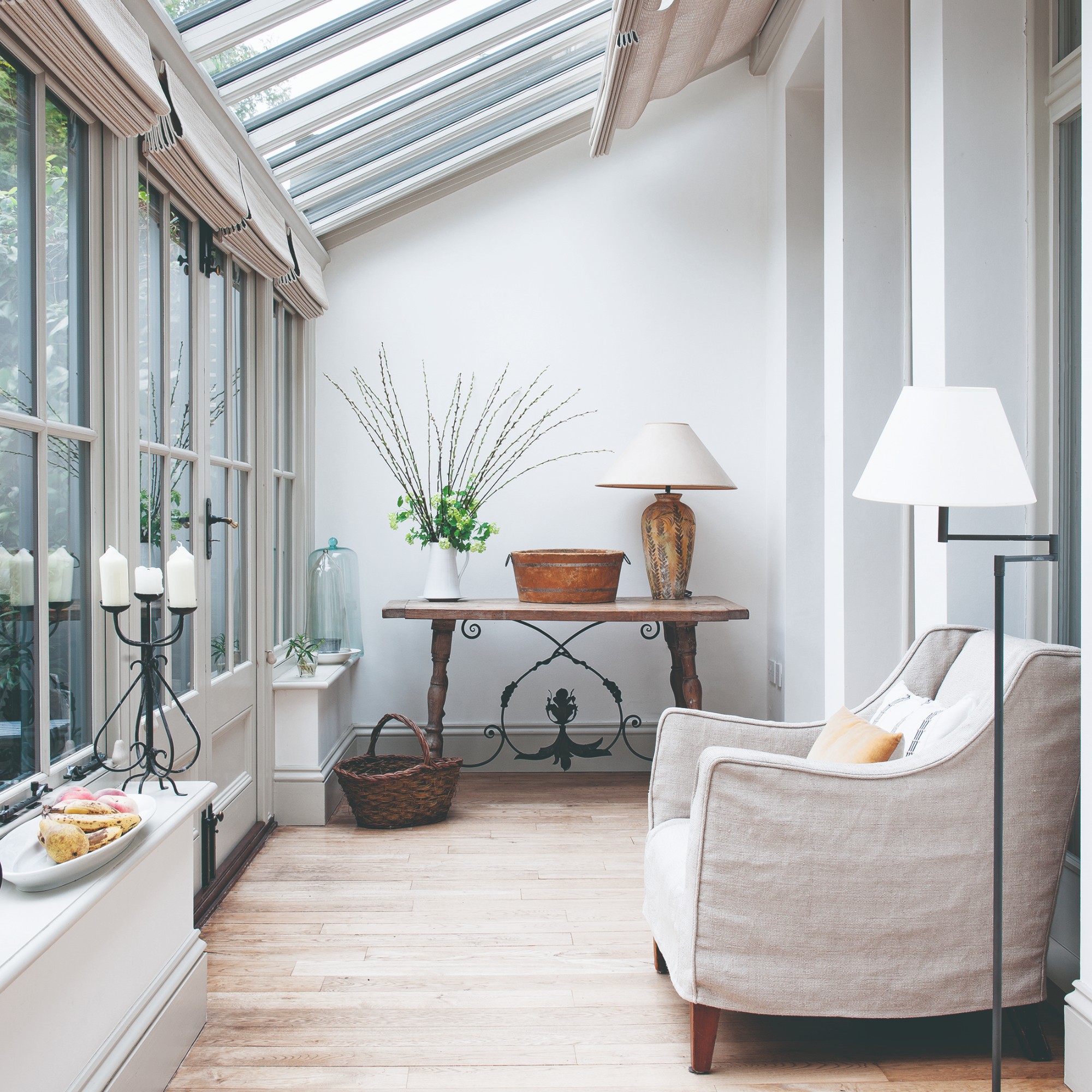
Alternatively, instead of covering the windows, you can cover the pieces of furniture themselves to shield them from the potentially harmful sun rays. This is especially easy to do with the likes of sofas, if you happen to have one in your conservatory.
‘In particularly hot weather, cover conservatory furniture with a protective sheet to avoid any adverse effects from extreme temperatures,’ says Mark Holloway, founder and furniture expert from Holloways of Ludlow. ‘This will help to keep your conservatory furniture in great condition for longer.’
Yvonne at Hillarys agrees on this conservatory furniture idea, ‘Using throws, slipcovers, or tailored protective covers can shield upholstery and wood from direct sunlight when the room isn’t in use.’
3. Regularly rearrange your furniture
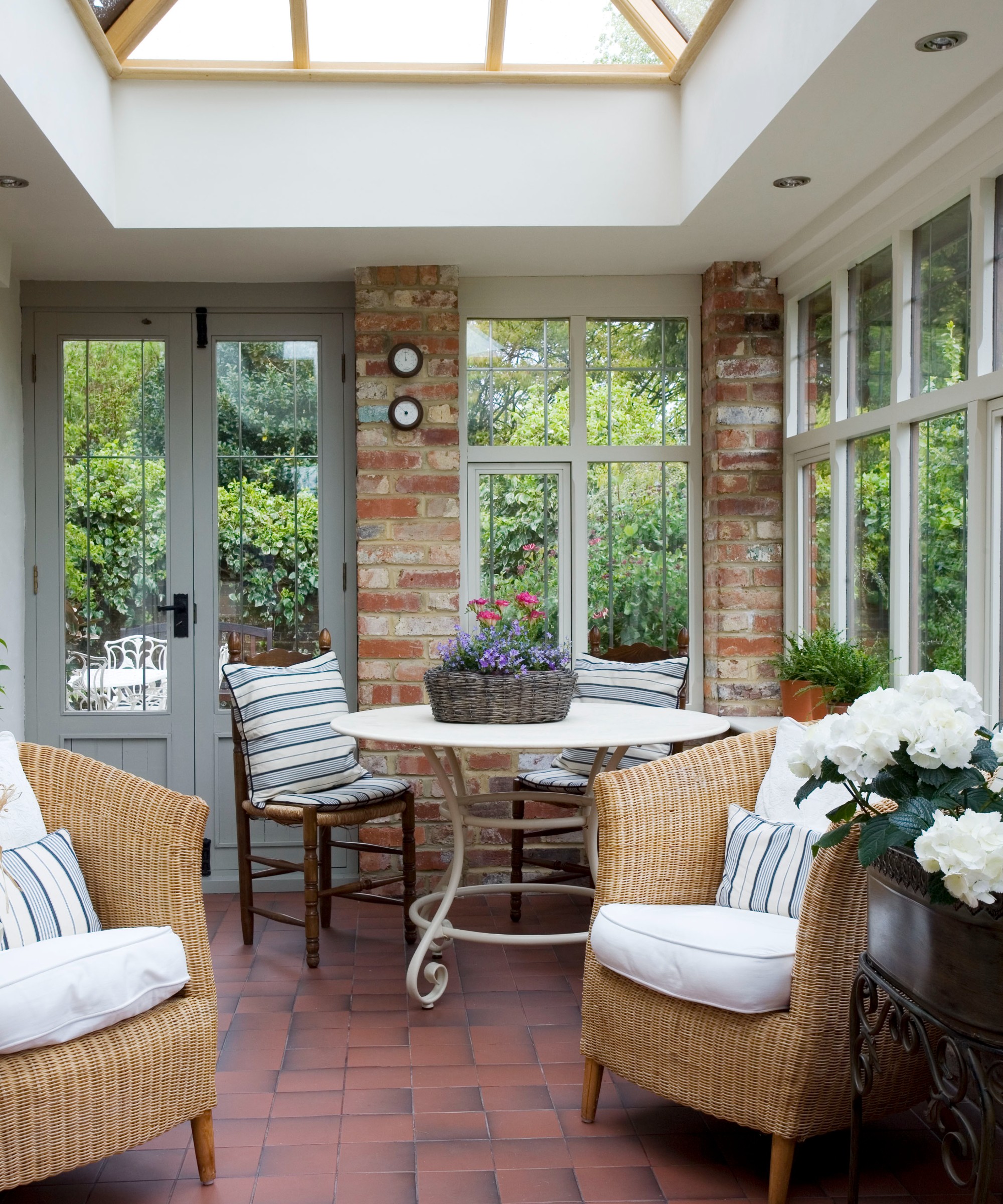
The final conservatory interior idea to protect the furniture within - that also happens to be free - is regularly giving your furniture pieces a reshuffle.
‘Regularly moving your furniture ensures that the same spots aren’t constantly exposed, helping to prevent uneven fading,’ Yvonne at Hillarys explains.
Mark at Holloways of Ludlow continues, ‘Even if your furniture is placed out of direct sunlight, we recommend rotating furniture every couple of months to avoid damage. Don’t forget to flip your cushions over every so often to even out their exposure to the sun.’
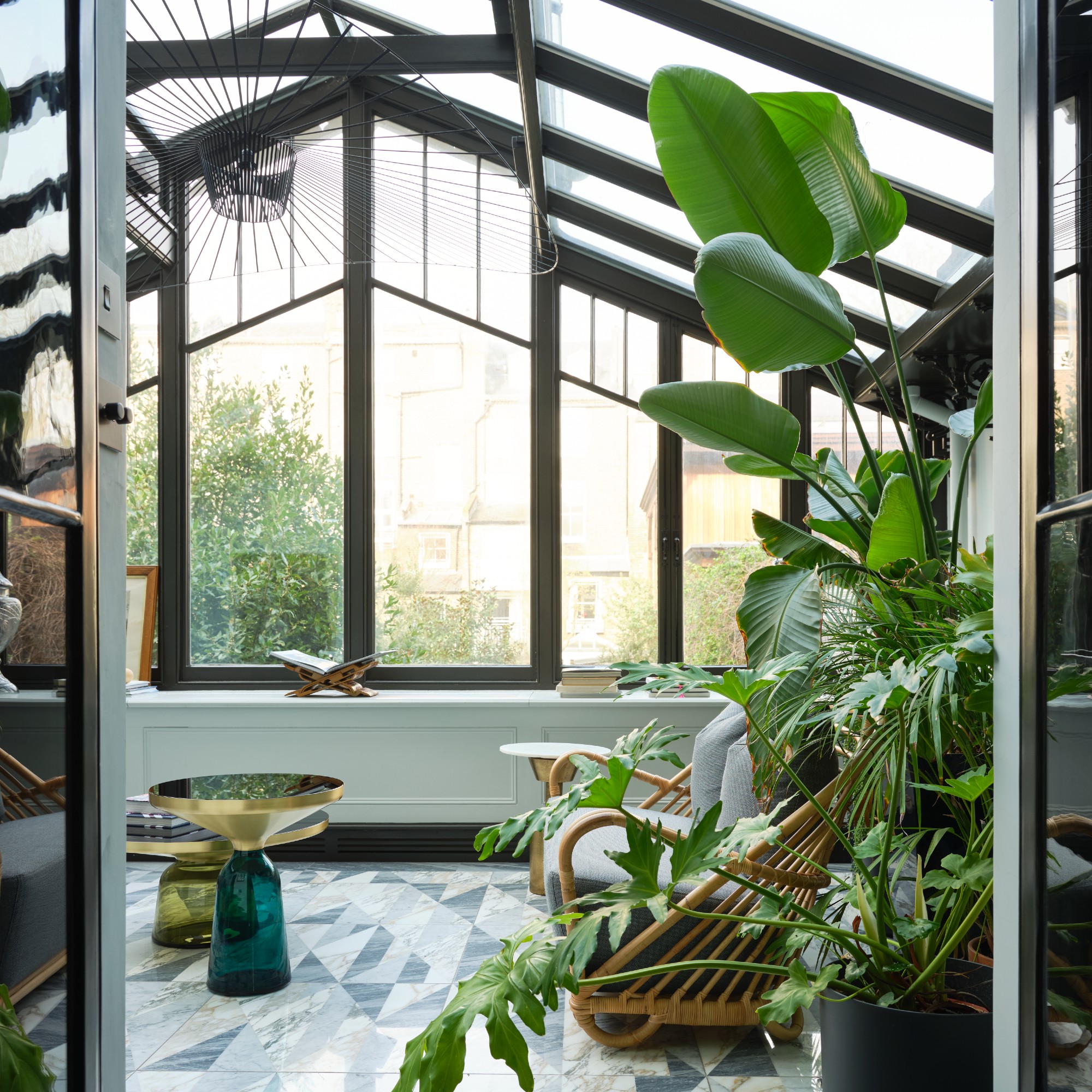
Can you reverse sun damage on conservatory furniture?
Prevention is always better than the cure, especially when it comes to sun damage. But if you have some sun-bleached and/or damaged conservatory furniture on your hands, there is still hope. Oftentimes, you will be able to save it.
‘In many cases, sun-damaged furniture can be revived, although the method depends on the material involved. For wood that has faded or dried out from sun exposure, gentle sanding followed by re-staining or oiling can restore much of its original colour and lustre. In cases of minor surface damage, using a restorative wood polish - such as a high-quality beeswax polish - can help bring back depth and shine, especially if the finish is absorbent enough to take in the polish. For fabric, if the upholstery has faded, the most thorough solution is professional reupholstering,’ Yvonne at Hillarys advises.
A sunny conservatory is something of a double-edged sword. But by taking some of these tips on board, you can enjoy the airy, light-flooded look and feel of the space without causing damage to your furniture and get the best of both worlds.

Sara Hesikova has been a Content Editor at Ideal Home since June 2024, starting at the title as a News Writer in July 2023. She is now also the Ideal Home Certified Expert in Training on Furniture, and so far has tested over 150 different sofas.
Graduating from London College of Fashion with a bachelor’s degree in fashion journalism in 2016, she got her start in niche fashion and lifestyle magazines like Glass and Alvar as a writer and editor before making the leap into interiors, working with the likes of 91 Magazine and copywriting for luxury bed linen brand Yves Delorme among others.
